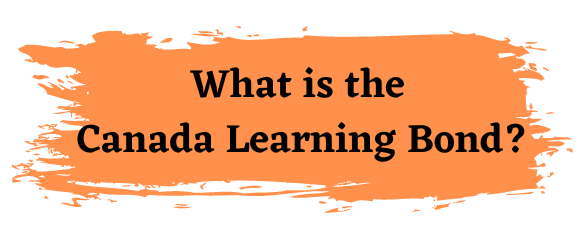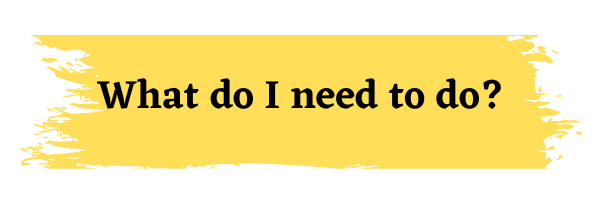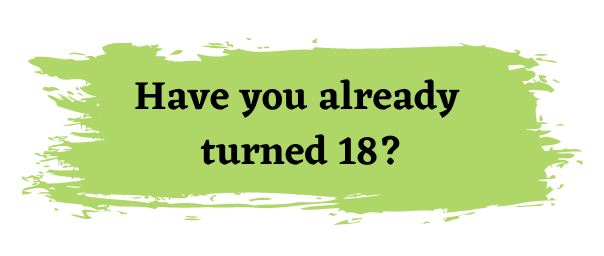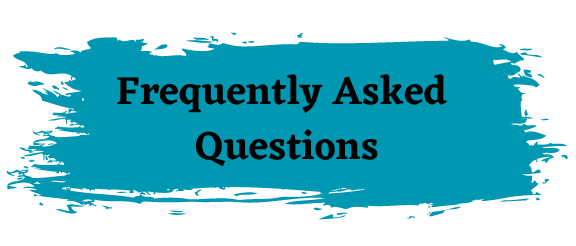Frequently Asked Questions
I have an RESP for my child but I am not sure I am getting the Canada Learning Bond, what do I do?
- Call the Federal Government's Canada Education Savings Program Hotline to check (you will be asked to provide your child's social insurance number): 1-888-276-3624
If you are not receiving the Canada Learning Bond, you can return to your RESP provider to apply.
What kinds of RESPs can I choose from?
- There are three kinds of RESPS:
- Individual Plans - A plan with only one beneficiary, the balance of which cannot be transferred to another child if the beneficiary chooses not to attend post-secondary education.
- Family Plans - A plan allows you to have one account with multiple related beneficiaries, ideal for families with multiple children, or families who may grow to have more children in the future.
- Group Plans (these are not offered by financial institutions) - Also called scholarship plans, these RESPs pool the contributions from many, unrelated subscribers and invest it to earn more money. They require entering a contract to make regular contributions over many years and can have strict penalties if you can not fulfill the contract.
Can I invest the RESP?
- Though you can simply let the money in the RESP collect interest, you can also talk to your RESP provider about investing that money in bonds, mutual funds, stocks or other types of investment options. The right investment can help you grow the money in the RESP faster.
What is the maximum amount the government will contribute to my child's RESP?
- The most a child can be eligible for the Canada Learning Bond is $2000, and the lifetime maximum government contribution of the Canada Education Savings Grant is $7 200, with an annual limit of $1 000 (if sufficient grant room has been carried over from previous years).
What kinds of educational costs can the money be used for?
- The money in an RESP can be used to pay for a variety of post-secondary programs, such as university, college, CEGEP, apprenticeships, and trade schools, that are within and outside of Canada. It can be used for tuition, as well as other costs, such as transportation, lodging, textbooks, and other supplies.
What happens if my child doesn't want to attend post-secondary education?
- In the event your child might change their mind, the money in an RESP can remain for 35 years before the account needs to be closed.
If you have a family plan, the money can be used by other beneficiaries named to the account.
In the event that you close the RESP, any money contributed by the government is returned, and your contributions are returned to you.
The interest earned can be paid to you as taxable income, transferred to a Registered Retirement Savings Plan for you or a Registered Disability
Savings Plan for your child, or gifted to a designated educational institution.
Important Questions to discuss with your RESP provider:
- Do you offer the Canada Learning Bond, the additional amount of Canada Education Savings Grant and provincial education savings incentives?
- What types of RESPs do you offer (family, individual or group)? What are the advantages and risks of each?
- What are my investment options and what are the benefits of each choice? Can I change to another investment product while I have my RESP? Which product is the most secure?
- Do I have to pay fees for:
- opening an RESP?
- withdrawing money from my RESP?
- managing my RESP?
- services and commissions? If so, how much is each fee and when do I pay it?
- Do I need to make regular payments? What will happen if I can no longer make my regular payments?
Which post-secondary school programs are excluded from educational assistance payments (EAPs)?
What will happen if my child does not continue their education after high school?
If I close my RESP early, will I:- have to pay fees or penalties?
- get back the money I contributed to the plan?
- lose the interest earned in the RESP?
- be able to transfer the money to another type of registered investment product?





